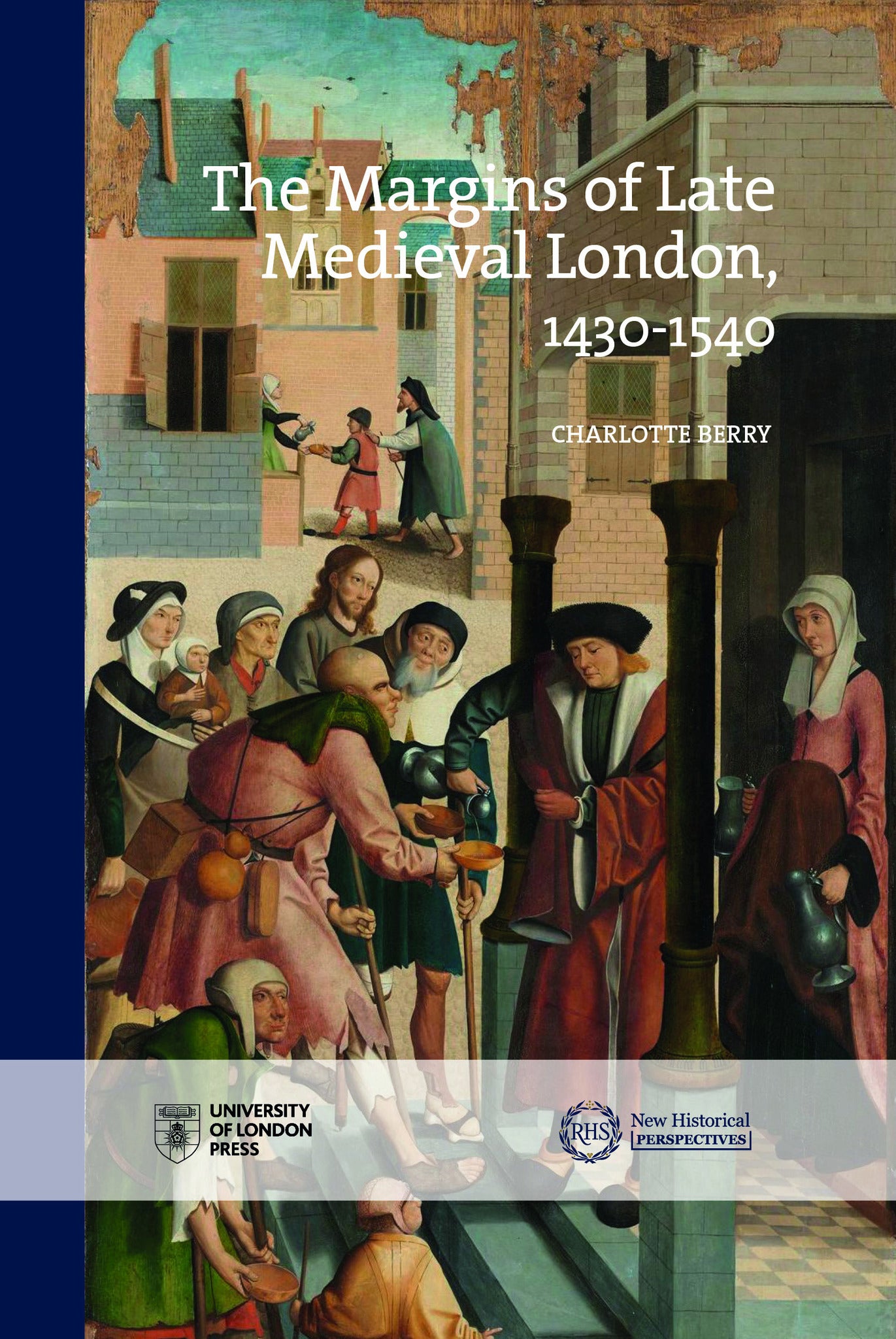We're sorry. An error has occurred
Please cancel or retry.
The Margins of Late Medieval London, 1430-1540

Some error occured while loading the Quick View. Please close the Quick View and try reloading the page.
Couldn't load pickup availability
- Format:
-
15 February 2022

The Margins of Late Medieval London is a powerful study of medieval London’s urban fringe. Seeking to unpack the complexity of urban life in the medieval age, this volume offers a detailed and novel approach to understanding London beyond its institutional structures. Using a combination of experimental digital, quantitative and qualitative methodologies, the volume casts new light on urban life at the level of the neighbourhood and considers the differences in economy, society and sociability which existed in different areas of a vibrant premodern city. It focuses on the dynamism and mobility that shaped city life, integrating the experiences of London’s poor and migrant communities and how they found their place within urban life. It describes how people found themselves marginalized in the city, and the strategies they would employ to mitigate that precarious position.

HISTORY / Europe / Great Britain / Norman Conquest to Late Medieval, European history: medieval period, middle ages, POLITICAL SCIENCE / Public Policy / City Planning & Urban Development, SOCIAL SCIENCE / Poverty & Homelessness, ARCHITECTURE / Urban & Land Use Planning, HISTORY / Europe / Great Britain / General, Poverty and precarity, Urban communities, Regional / urban economics, Settlement, urban and rural geography

'The Margins of Late Medieval London is an excellent fit for the Royal Historical Society’s New Perspectives series since it introduces exciting new research on an underexplored area: London’s extramural neighborhoods. Charlotte Berry should be given credit for opening up a difficult area of research and deploying new techniques of data analysis. ...One of the many strengths of this book is a consistent attention to the lives of women,immigrants, and the poor. Women are not confined to a stand-alone chapter but are instead integral to the analysis throughout the book. Close reading of the sources, particularly the wardmote cases, provides fascinating insights into ways in which people negotiated relations with their neighbors. Berry presents her impressive amount of data in clear, well-presented graphs, diagrams, and tables.'
—Helen Lacey, Mansfield College, Oxford, UK.
Introduction Chapter One: Landscape and economy Chapter Two: Socio-spatial networks Chapter Three: Mobility Chapter Four: Controlling inclusion and exclusion Chapter Five: Reputation, marginalisation and space Conclusion Bibliography



